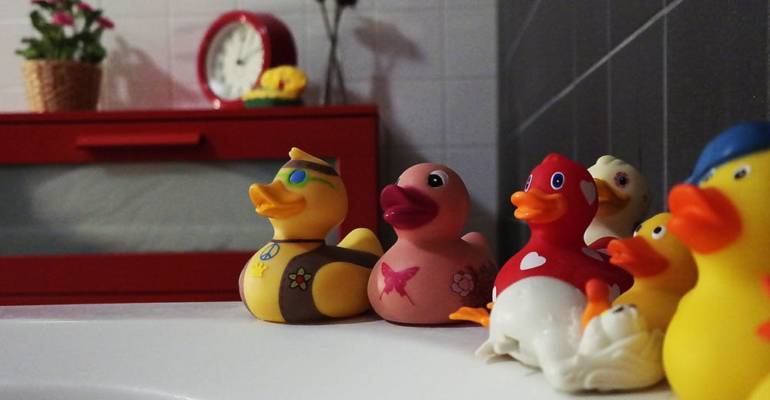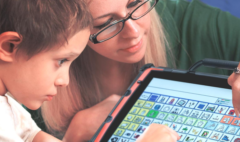Toilet Training Tips for Children with Autism
March 12, 2019 2023-05-30 15:34Toilet Training Tips for Children with Autism
Toilet Training Tips for Children with Autism
Toilet Training Tips for Children with Autism
Toilet training for children, whether they have autism spectrum disorder (ASD) or not, can be a difficult task. For children with autism or other developmental delays, however, the teaching process can become lengthier and require much more effort to reach this particular milestone – but that doesn’t mean it’s impossible, nor is it any reason to become discouraged. Before taking any initial steps toward toilet training, it’s important to remember, and practice, patience.
Going into this process with only patience and determination – while important – is not enough. For the best results, one should be well-informed on what to expect and have a specific plan on how to approach the task at hand (the process is rarely the same for every child). The following are some tips to keep in mind when preparing children with ASD for toilet training:
- Toilet readiness. Age isn’t always a factor in toilet readiness, and children with ASD or developmental delays may not be ready at the suggested 18 month mark. A few signs to look for include staying dry throughout most nights, asking to be changed (a child may ask nonverbally by removing the diaper themselves) when soiled or wet, or if medically there is no reason not to start toilet training.
- Communication. Being able to communicate and work together is an important first step toward toilet training, both for the child to be able to communicate their need and for the parent or caregiver to tell them when it is time to go. Your child will need to have the skill to follow some instructions. The same, simple language, or visual cues, should be used in all environments so as not to confuse the child, and keep the routine. Consistency is key!
- Familiarize. Create a toileting environment that makes the child feel safe; some children may be alarmed by the loud flushing sound, or uncomfortable with the feel and being unable to reach the ground. Explain the reason behind flushing or flush yourself while they observe, ensure that the seat of the potty chair or the toilet is comfortable, and use a footstool for balance when they’re sitting on the toilet. Even keeping a few toys in the bathroom can encourage relaxation! Taking small steps to make the environment familiar and unintimidating will make the process go much smoother.
- Positive reinforcement. Using a rewards system, or even offering praise and encouragement, can help offer motivation and sustain a child’s interest. Using nonverbal praise, such as clapping or hugs, giving extra playtime with a favorite toy, or offering a favorite snack as an award are all good examples of positive reinforcement. What works for some children may not work for all, however, so be sure to find what reward works best. Be wary of not overusing the system, and make sure it’s clear to the child what behavior is being rewarded.
There are some associated issues that include going in places other than the toilet, being fearful of the toilet or refusing it all together, fecal smearing, filling the toilet with other materials, constantly flushing, or even constipation. If any of these problems persist beyond a few months, it may be a good idea to speak to a pediatrician or general practitioner, or consult a behavior analyst or an early intervention service for further help and support.
Just as important as every other step in this process is to not give up. Every child is different, and finding a successful strategy for toilet training may often require a bit of experimentation and time. But success will ensure an important milestone in helping a child work toward the ultimate goal of becoming more – if not fully – independent.
If you’re concerned about the development of your child, suspect a disability, or simply desire to understand more about Early Intervention, ABTI holds an Exclusive Territory CLM (Competent Learner Model) to operate in UAE, the surrounding region, and India. Our Early Intervention Services are available to help and support your child.
Get in touch with our team at [email protected] today to learn more!
REFERENCES:
- https://www.autismparentingmagazine.com/autism-potty-training-guide/
- https://raisingchildren.net.au/autism/health-daily-care/toileting/toilet-training-autism
- https://www.autismspeaks.org/sites/default/files/2018-08/Toilet%20Training%20Guide.pdf
- http://pottygenius.com/potty-training-a-child-with-autism-using-aba/











